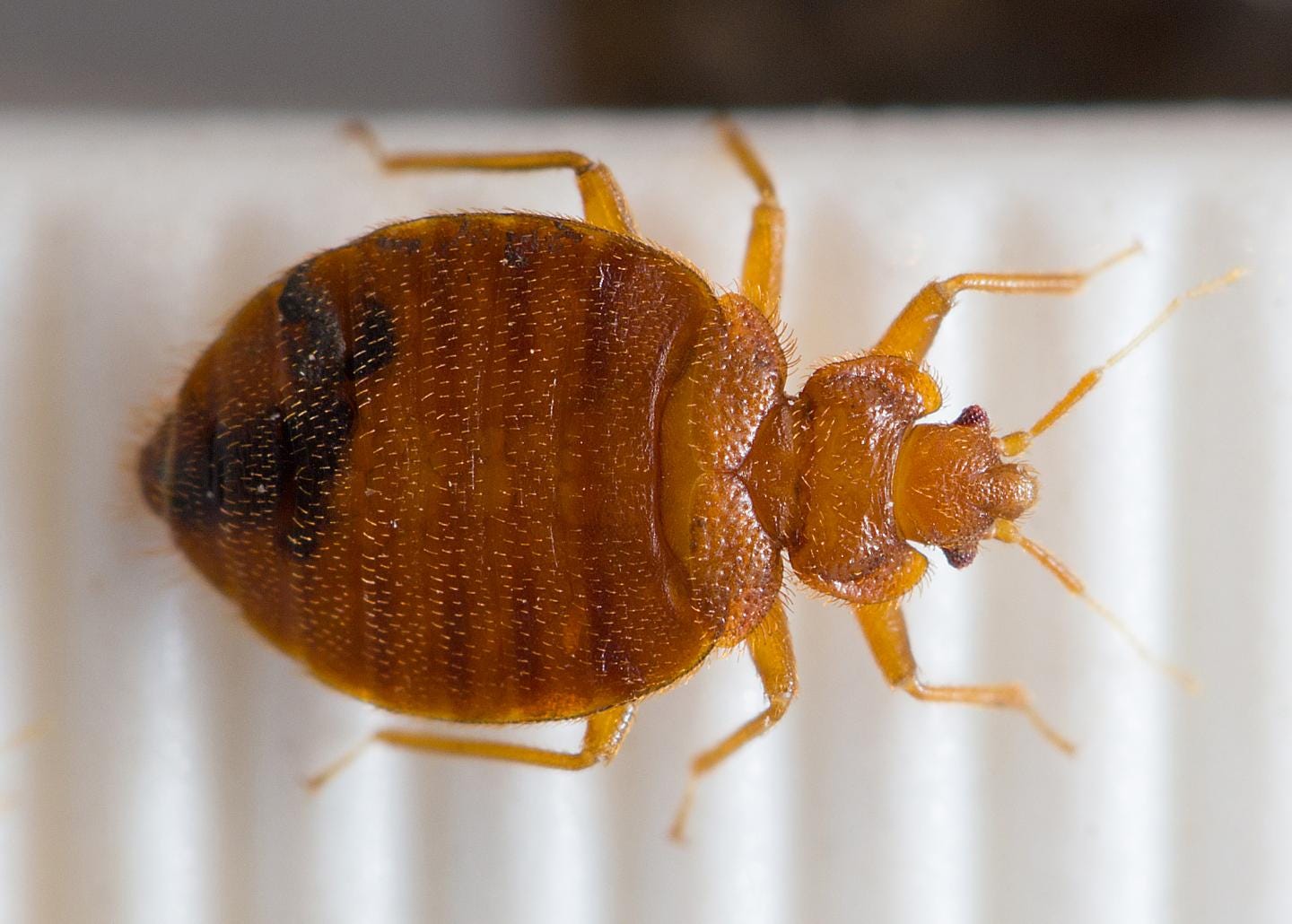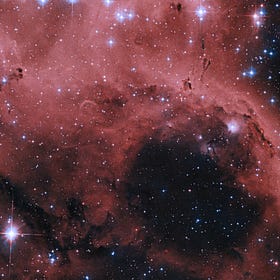The Menace in Your Mattress
Plus: How Science Really Works (It's Messy!)
The Menace Lurking in Your Mattress
Bed bugs are on the move, a two-decade resurgence that has them showing up in every corner of the globe, including in homes and hotels across America. Cleanliness is no guarantee they won’t find your bed (especially if you live in Chicago or New York, or the Southeast, or Ohio…). Find out how to distinguish these tiny bloodsuckers from other pests, and what you can do about them.
They like hanging out in bedrooms because they’re attracted to the carbon dioxide (CO2) that people exhale.
—Annie Foley
How Science Really Works (It's Messy!)
People idealize science and expect impossibly clear answers and solutions. In practice, science is messy even as it’s methodical, involving multiple goals, imperfect answers, conflicting solutions and even some dysfunction, this philosopher explains. Among scientists, healthy disagreement is a feature, not a bug, she explains.
An update on what to expect from actual science is overdue. I often worry that when the public holds science to unrealistic standards, any scientific claim failing to live up to them arouses suspicion… When people’s expectations are not met about how science works, they may blame scientists. But modifying our expectations might be more useful.
— Soazig Le Bihan
Plus, here are some brief items posted directly to the Aha! Science Substack page:
Whales Blow Clever Bubble Nets to Catch Dinner
Humpback whales are clever creatures. They’re known to blow bubbles to create, in effect, a net that surrounds shrimp-like krill, which the whales love to feed on. But a new study finds they actually manipulate these bubble nets in creative ways that should elevate the cetaceans to the rare class of animal…
Sun-Like Star Spotted at Birth
A trio of stars at various stages of emergence have been spotted swaddled in the cloud of gas and dust from which they were forged. One of the stars—not yet fully formed—looks to be on its way to being much like our sun. The nebula of gas and dust shines not on its own but thanks to reflected light from the stars.
Like Cotton Candy in Space
When stars are born, and when they die violently, they can rip a hole in the cloud of gas and dust that is their stellar nursery. That explains the hole in this wis…
Out There: More Amazing Science
This spider uses trapped fireflies to lure in more prey
Orb weaver spiders seem to trick male fireflies into blinking in a pattern more like females. The trick lure other males into the web, allowing the arachnids to stock up on food. (Science News)
Oh, great. Mosquitoes have heat sensors in their antennae
Mosquitoes in search of a blood meal have several cues to guide them to an animal or human host: carbon dioxide exhaled by their target; its silhouette or odor; and, once they get very close, heat from the skin, carried on air currents. Now, researchers have uncovered another clue the insects exploit: infrared radiation. (Science)
The nearest midsized black hole might instead be a horde of lightweights
Contrary to a previous report, there’s no evidence of an intermediate-mass black hole in Omega Centauri, the Milky Way’s most massive and luminous globular star cluster. Instead, much smaller black holes seem to dive into and out of the tightly packed star cluster’s center. (Science News)





